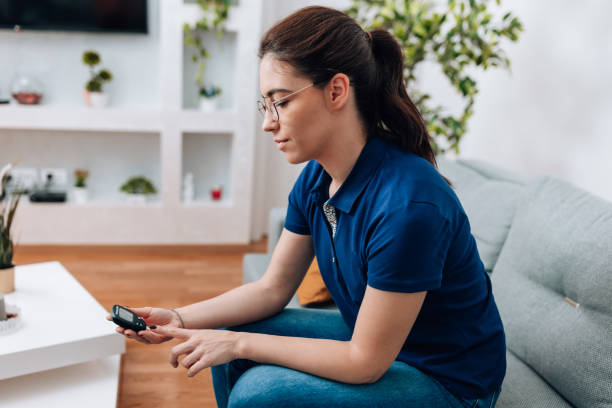Monitoring vital signs with accurate, FDA-cleared remote patient monitoring (RPM) devices provides a comprehensive solution that optimizes provider-patient interaction, relieves clinical staff burdens, and maintains high-quality healthcare standards. This article outlines 5 advantages of remote patient devices.
Remote Patient Devices
Remote patient devices help monitor hypertension, diabetes, asthma, heart failure, and many other chronic and acute conditions. With remote patient monitoring, patients share their daily vital sign readings with their physicians. Remote health devices transmit this real-time vital sign data directly to the patient’s physician. For example, with cardiac remote patient monitoring, the physician can screen blood pressure readings to help detect abnormalities or trends that may require medical intervention. As a result, consistent data flow allows physicians to develop more effective patient cardiac care plans.
RPM devices can monitor various health metrics, including weight, blood glucose levels, and oxygen saturation. According to a study published in Endocrine Practice, RPM was associated with significant improvements in glycemic control for patients with type 2 diabetes.
Remote Patient Devices and Connectivity
Remote patient devices are especially beneficial for individuals in rural communities or those with limited mobility. FDA-cleared medical devices provide vital and seamless connections between healthcare providers and patients. Additionally, a cloud-based portal equipped with HIPAA-compliant proprietary dashboard applications facilitates direct access to data analytics.
Reducing Provider Stress
One of the benefits of remote patient monitoring for doctors and healthcare teams is that RPM helps with workflow efficiency. After patients receive and set up their remote patient devices, they must transmit readings at least 16 days a month. As a result, patient data is continually added to the remote patient monitoring platform. At first, this may look like a lot of work for healthcare teams.
However, RPM allows doctors to allocate more time to patient care. For instance, RPM medical devices help ease burdens from administrative tasks, patient enrollment, and claims submission. In addition, the physician or qualified healthcare professional does not have to be the one person to manage the entire workflow.
Using a reputable third-party remote patient monitoring company can be a benefit. Clinical staff are already trained in remote patient monitoring procedures. Outsourcing ensures the smoothest transition to remote patient monitoring.
Increased Revenue with RPM
Remote patient devices and outsourcing of RPM services offer healthcare systems an additional revenue stream while minimizing disruptions to their current workflow. One key advantage of RP is that physicians are only contacted when their medical expertise is required.
When patients use remote monitoring devices, the Centers for Medicare and Medicaid Services (CMS) allows healthcare providers to bill monthly for remote patient monitoring services. Remote patient monitoring CPT billing codes are updated yearly to incentivize healthcare providers to implement RPM for their patients. Remote patient monitoring companies like Tenovi offer billing portals that help healthcare systems easily submit insurance claims promptly.
Remote Patient Devices and Patient Satisfaction
Once remote patient devices are assigned and set up, patients transmit daily vital sign readings to their physicians. Patients report increased satisfaction knowing that their health condition is being monitored and they have the opportunity to communicate daily. In addition, RPM promotes caregiver and patient engagement. RPM devices alert healthcare practices about critical readings, validating the data and associated symptoms. When readings fall above or below set thresholds, the physician is promptly notified to arrange appointments with doctors.
RPM can be particularly beneficial for post-operative patients, allowing for earlier hospital discharge and continued monitoring at home. Some RPM systems incorporate artificial intelligence (AI) to analyze data trends and predict potential health issues before they become serious.
Technical Support and Training
Proper education and training are vital for accurately operating remote patient devices. Understanding RPM and telemedicine HIPAA compliance for technical support teams can be complex. Tenovi offers comprehensive HIPAA-compliant technical support to patients and providers. We ensure the accuracy of daily measurement data provided to physicians.
Tenovi remote patient monitoring solutions help bridge the gap between telehealth, chronic care management, RPM services, software companies, and their healthcare partners. Tenovi ensures access to accurate FDA-cleared RPM medical devices for chronic and acute care patients. We provide remote patient monitoring solutions that enable medical practices to generate more revenue while maximizing face time for essential healthcare operations.
Visit Tenovi to find out who we serve and request a free demo. Meet a better RPM experience for patients, physicians, and, most importantly, your team.


